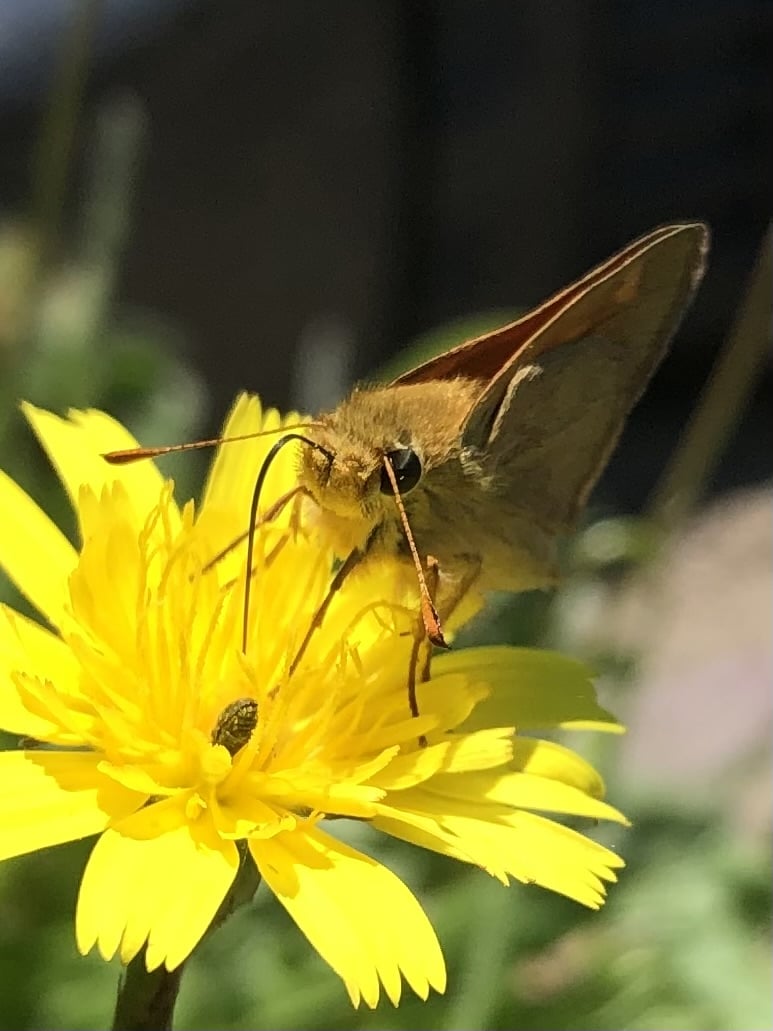Source: False Eyes of a Hawkmoth Caterpillar by melvynyeo on DeviantArt
The author says:
False Eyes of a Hawkmoth Caterpillar (Green pergesa hawkmoth, Pergesa acteus). When at rest, its false eye wasn’t visible as seen in the pic… when disturbed, it will tucked in its head and expose the false eye! Pretty cool! :) Taken at night in Singapore forest.
(continue in comment)
Full description from DeviantArt’s post:
False Eyes of a Hawkmoth Caterpillar (Green pergesa hawkmoth, Pergesa acteus). When at rest, its false eye wasn’t visible as seen in the pic… when disturbed, it will tucked in its head and expose the false eye! Pretty cool! :) Taken at night in Singapore forest.
Quote from http://web.archive.org/web/20161003181015/http://lkcnhm.nus.edu.sg/nis/bulletin2009/2009nis329-338.pdf
The hawkmoth, Pergesa acteus (Cramer, 1779) is widely distributed throughout South and Southeast Asia, having been recorded from India, Sri Lanka, Myanmar, Nepal, Thailand, Vietnam, western and southern China, Taiwan, south Japan, Sundaland, Moluccas and the Philippines (Inoue et al., 1997; Beck & Kitching, 2008). Previously, the species was widely referred to as “Rhyncholaba acteus” by other authors (e.g., Barlow, 1982; Fink, 1995). In Singapore, the green larval forms of this sphingid have been occasionally encountered and reared by both authors from various localities. We trace the key developmental stages for this sphingid, with brief descriptions and illustrations of its five instars, unique pupa and eventual metamorphosis.When the final instar larvae were crawling about the hostplant, or manoeuvering their heads along the leaf margins to feed, their false eye-spots were observed to continually change in shape and size, depending on the contraction and extension movements (Fig. 6). Such a dynamic visual display may enhance the startling effect intended as a defence against potential predators

